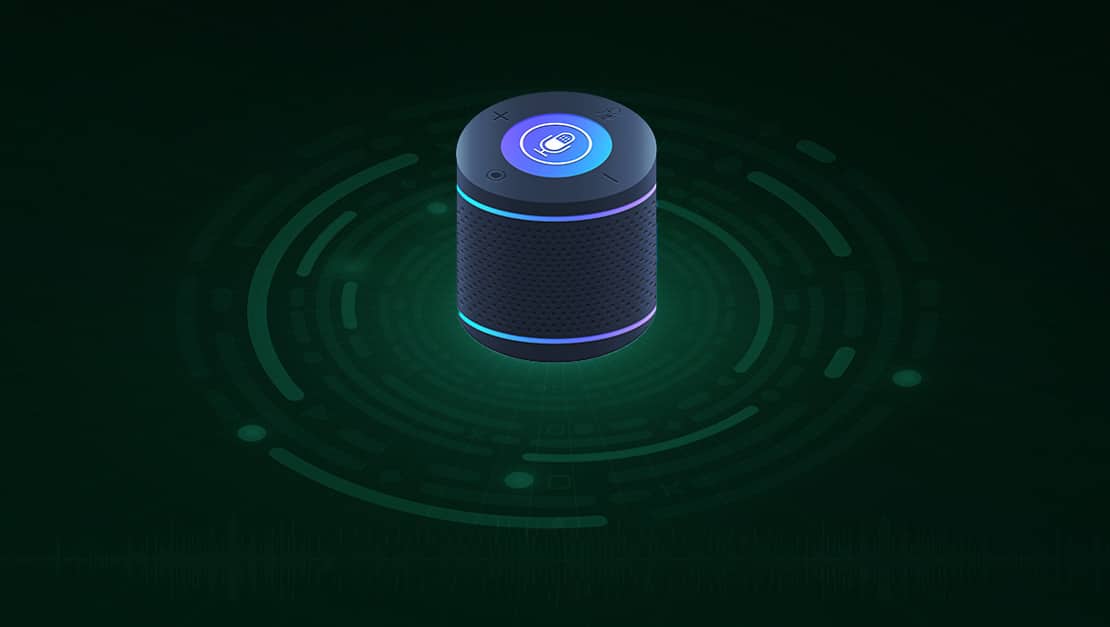Without even realizing it, you probably use at least one voice user interface (VUI) every day. VUIs aren’t only for setting reminders or getting weather updates, but in workplaces, VUIs are making a big impact simply by changing how we interact with technology.
Today, VUIs are helping employees speak to control systems, complete tasks, and retrieve and record data. The result? Workflows that are smoother and more natural than ever.
In this post, we’ll look at how voice user interfaces can help companies boost productivity. We’ll also dive deeper into how speech AI, the driving technology behind VUIs, alters how we work by making processes faster, more intuitive, and hands-free.
What Is a Voice User Interface?
A voice user interface is what enables a person to interact with a digital system through voice. Think of popular virtual assistants like Alexa or Siri. VUIs allow users to control systems through speaking so that they don’t need additional devices like keyboards or touchscreens.
VUIs allow us to operate a device entirely hands-free and get responses sooner than traditional and more manual methods like typing in queries. They can accomplish this by using technologies like machine learning (ML), artificial intelligence (AI), and natural language processing (NLP) to facilitate voice interactions between humans and machines.
How Are VUIs Used in the Workplace?
Voice user interfaces are changing how we handle certain office tasks. Using just your voice, you can do things like schedule meetings, manage and send emails, and set reminders without touching a keyboard. With voice commands, workers can get through these time-consuming tasks faster, freeing up more time for important work.
VUIs shine when it comes to accessibility. For employees with disabilities, VUIs can navigate through otherwise tricky yet common work tasks, like emailing and managing appointments just by speaking. With hands-free operation, companies can improve inclusivity in the workplace.
This technology is also improving productivity by reducing the time employees spend on repetitive and manual tasks. In industries like healthcare and logistics, companies are using VUIs to speed up documentation, note-taking, and inventory management. By speeding up workflows, teams will end up both happier and more efficient.
Key Considerations for Implementing Voice User Interfaces
The market size for voice user interface systems is set to grow by USD 50.73 billion by 2028. As demand for VUI technologies increases thanks to how it makes things easier for employees, implementing a new system can always be rocky, so it’s important to consider how your company will adopt new technology from different angles. One of the first things to look at is how VUIs will fit into your existing tech stack. They need to be compatible with your software and hardware to work smoothly.
Another consideration is data security and privacy. Since VUIs process sensitive information within voice data, it’s important to make sure all the data is stored safely and encrypted.
Finally, you need to think about what training your team will look like. Moving to a voice-first environment will take time to get used to, and while employees might be hesitant at first, they’ll need the right training and support to adapt well. To overcome resistance to change, management will need to address initial concerns and ensure the workforce they’ll get the training they need.

How Speech AI Is Revolutionizing Workplace Communication
Speech AI is the technology that powers VUIs, turning voice into action. It’s what allows systems and machines to understand, process, and respond to spoken language with greater accuracy and context. Speech AI paves the way for advanced capabilities like translation, real-time transcription, and voice-to-text, making workplace communication smoother.
Today, speech AI via VUI systems is already being used to save employees time during their day-to-day. The use of tools like voice assistants is on the rise in professional settings, with the demand for voice assistant apps set to grow by USD 21.94 Billion by 2028. This demand is fueled by digital transformation in more and more industries and organizations’ desire for AI-powered tools.
As we’re set to see more of these tools play a leading role in our work days, let’s take a closer look at how speech AI in action can enhance VUIs and benefit employees:
- Real-time transcription: No more scrambling to take notes during meetings
- Automated meeting summaries: Instantly get key takeaways and next steps after calls
- Translation capabilities: Work easily with global teams, with instant translations during conversations
- Hands-free productivity: Focus more on tasks without switching between typing and talking
- Reduced admin work: Let Speech AI handle repetitive tasks like note-taking and scheduling
Success Stories Using Speech AI: Real-World Examples
Many companies today are making the most of VUIs and voice AI technologies to make their products and services easier to use. Let’s take a look at a few examples of companies that have seen success from implementing speech AI.Zoom’s AI Companion
Zoom offers an AI Companion that creates a transcript of your video meeting in real time so that you don’t need to spend time summarizing it later on. You can get automated summaries right after a call. AI companion can also get you up to speed on meeting details if you happen to join late and divide summaries into chapters to make it quicker to revert back to the information you’re looking for.
IBM’s Watson AI
IBM implemented speech AI with its Waston assistant. Watson is an AI and machine learning-driven tool that can answer questions instantly and respond to speech in real time. Workers can use it to automate tasks like scheduling, answering FAQs, and generating reports. When used in customer-facing situations, Watson can take on customer service tasks like handling and routing calls, answering basic questions, and transcribing customer conversations.
Best Practices for Adopting VUIs and Speech AI
Before jumping straight into implementing new voice technologies, take a moment to consider the tips and best practices you can adopt to make working with new systems as smooth as possible. Here are some best practices for adopting VUIs and Speech AI:
- Set clear objectives: Define and set clear goals, whether it’s boosting productivity, enhancing accessibility, or streamlining specific workflows
- Select the right technology: Choose a VUI that fits your organization’s needs, whether for office tasks, hands-free operations, or real-time communication
- Monitor performance: Once implemented, monitor how employees are using the technology by tracking what’s working and what’s not
- Gather employee feedback: Regularly ask your team for feedback on their experience and use this input to tweak and improve the system over time
Powering VUIs with aiOla Speech AI
aiOla, a powerful speech AI technology, allows teams to harness the power of their voice and turn it into action. aiOla can help organizations gather speech data that would otherwise be lost and turn it into action, such as workflow automations, triggered tasks, and more. Teams that use aiOla can dramatically cut down on the time they spend on tasks like inventory management, inspections, communication, and others, helping teams work more productively and efficiently.
Considering the growth of VUIs in the workplace, we can expect to see more speech-driven applications take center stage in the future. Additionally, as employees get more comfortable with voice-led systems, organizations will rely increasingly on technologies like aiOla to work smarter without expanding their reliance on resources.
Schedule a demo today with an aiOla expert to see how our voice technology can power your team.








